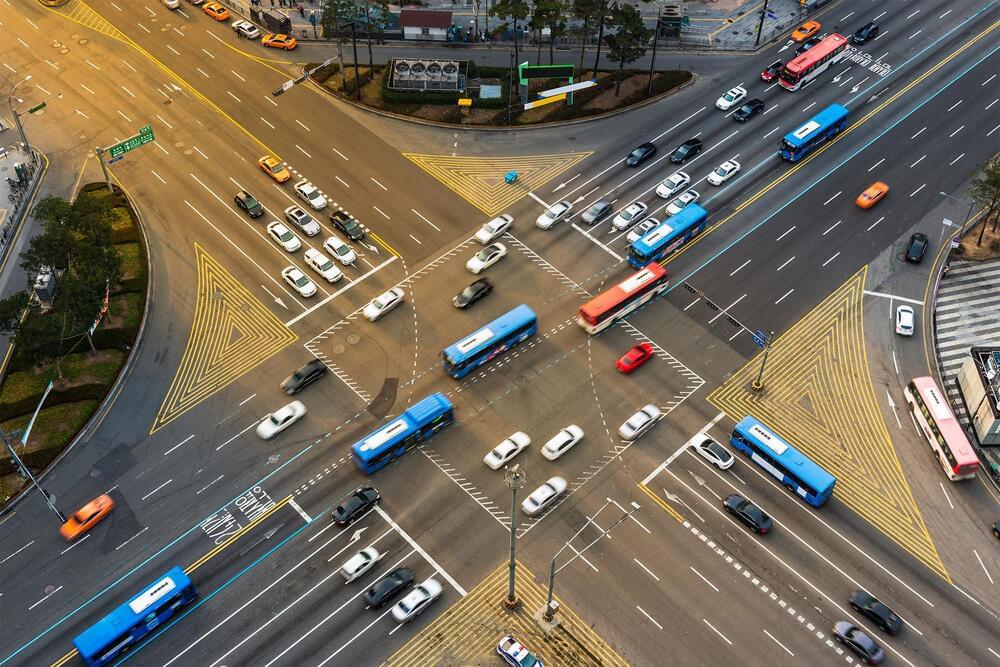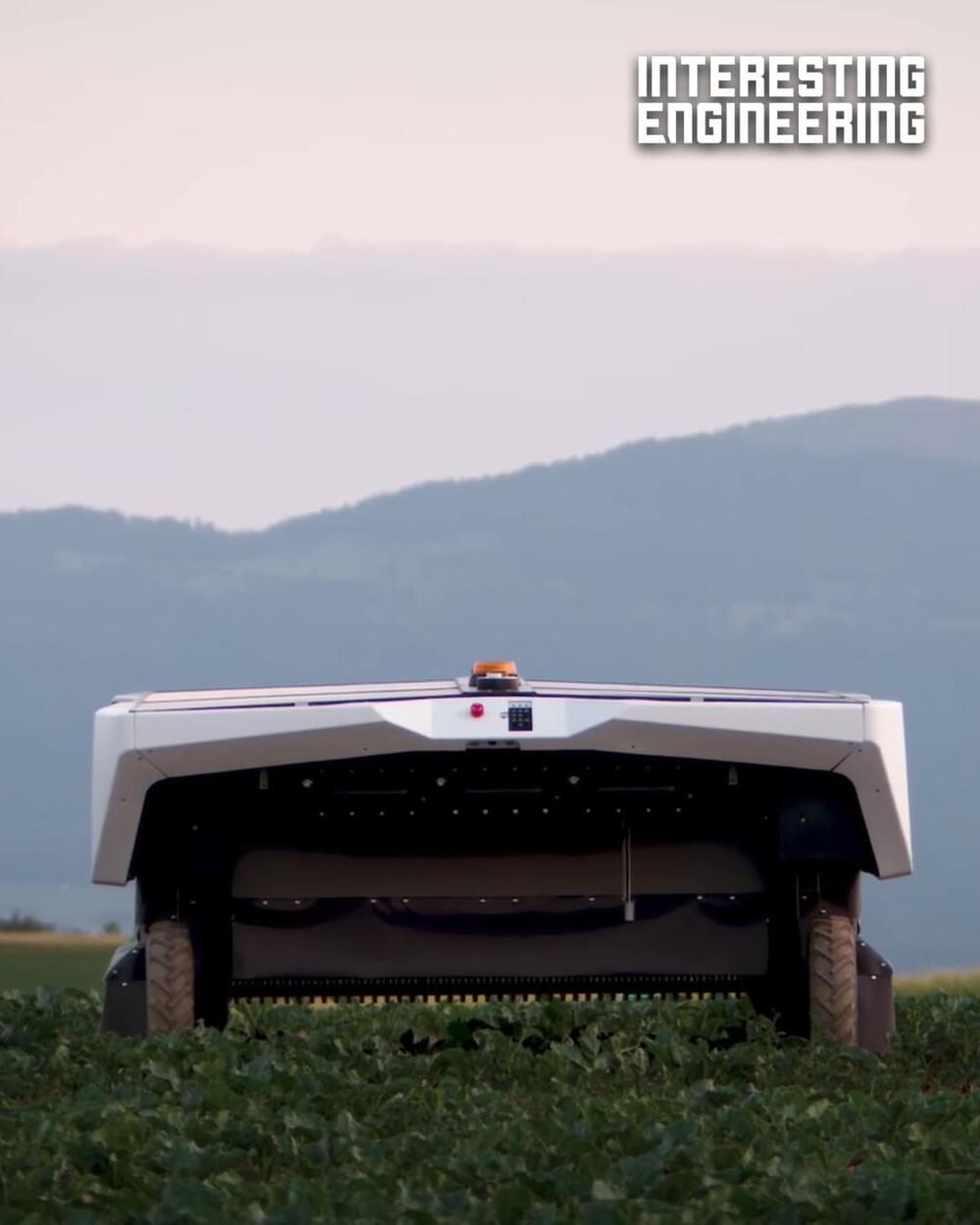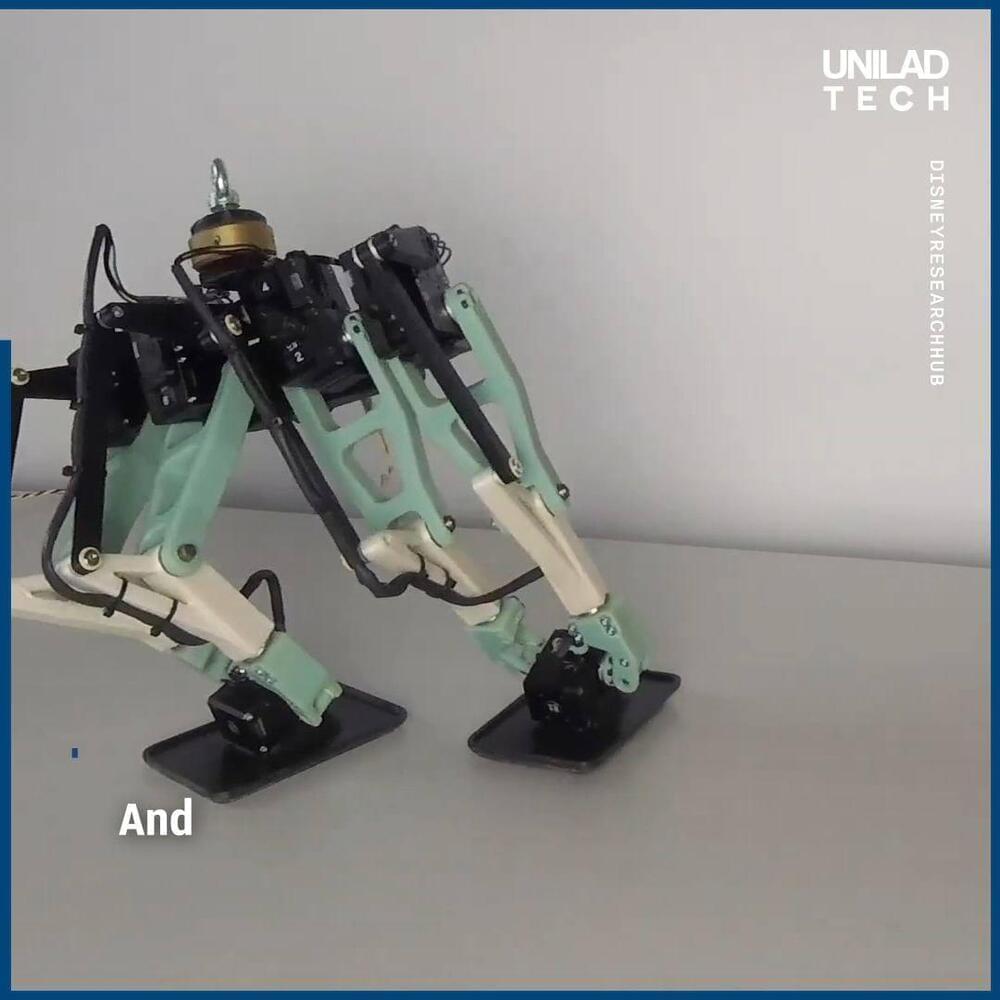March 13 (Reuters) — Ukraine’s defense ministry on Saturday began using Clearview AI’s facial recognition technology, the company’s chief executive told Reuters, after the U.S. startup offered to uncover Russian assailants, combat misinformation and identify the dead.
Ukraine is receiving free access to Clearview AI’s powerful search engine for faces, letting authorities potentially vet people of interest at checkpoints, among other uses, added Lee Wolosky, an adviser to Clearview and former diplomat under U.S. presidents Barack Obama and Joe Biden.
The plans started forming after Russia invaded Ukraine and Clearview Chief Executive Hoan Ton-That sent a letter to Kyiv offering assistance, according to a copy seen by Reuters.







